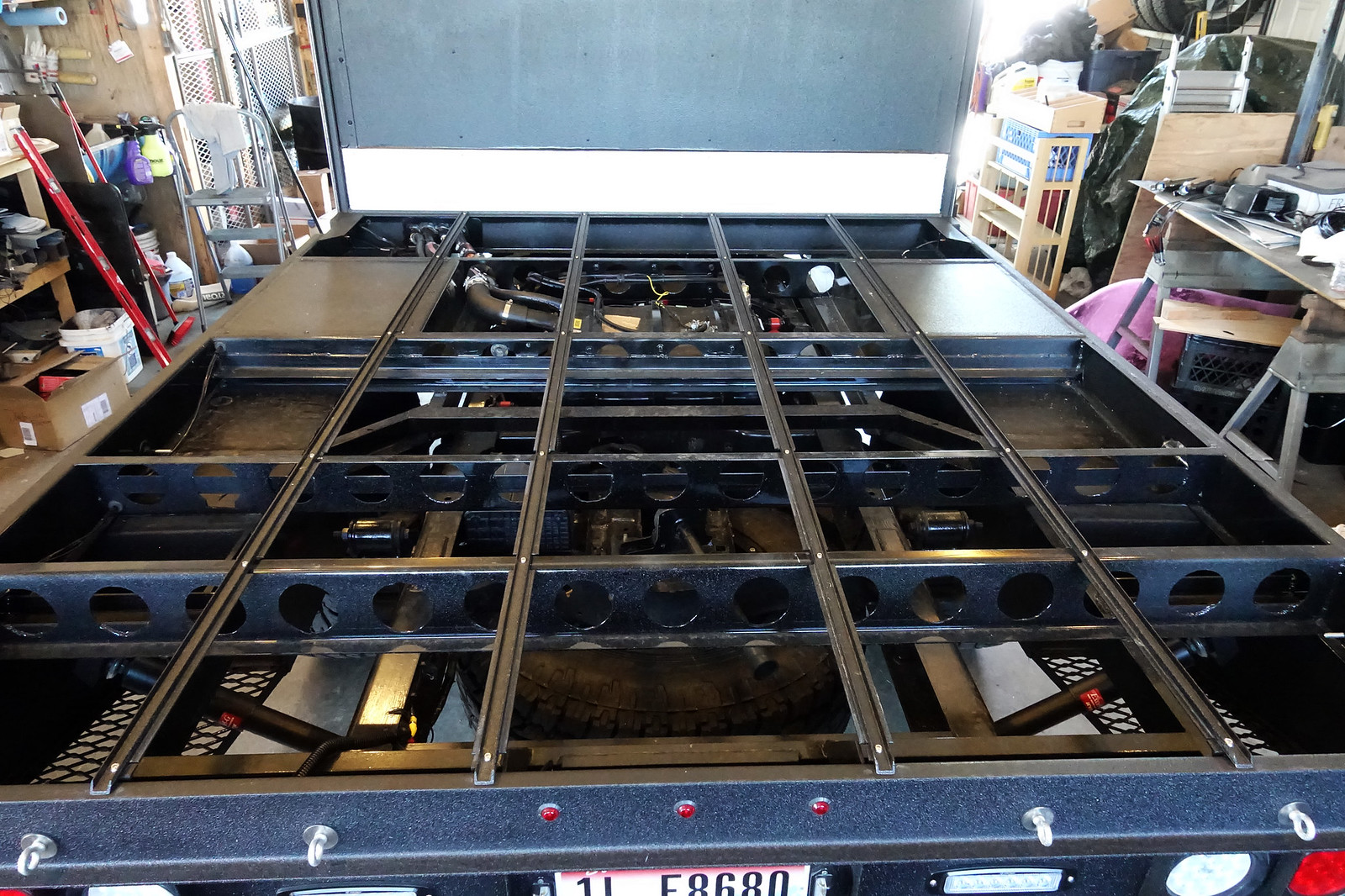LOL yes. The thing is: If we create drawings/ instructions on how to do subframes, it will only be a matter of time till others take our info to their advantage and undercut us. There is a reason why there is no info to be found online. Then there is also the liability issue...
Trust me if there would be an easy answer/solution, we would be the first in offering it!
If the solutions are so unique, then arguably, they are IP that you can protect and maybe worth the hassle from a business perspective. On the other hand, if I'm right and it is just math that needs to be worked out to get repeatable and reliable results, then it would be nice if that were available to those of use who are interested.
Anyhow, an argument can be made that this same thing is could happen when you share examples of your panel construction. The value Total Composites adds is beyond the product, amirite? Otherwise, I could just get Lamilux FRP, foam, adhesive, and really really DIY. But, I don't want to and I appreciate the value that Total Composites provides. Just sayin'.



